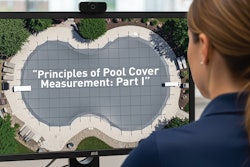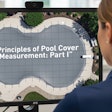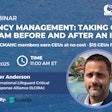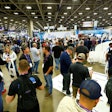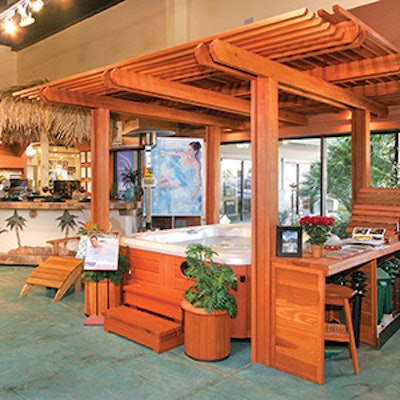
First the bad news: The current population of prospective hot tub buyers is probably less than you may think.
Now for better news: It’s still more than you are selling to now.
A new study of prospective shoppers has uncovered some interesting facts about the pent-up demand for new hot tubs. The results finally cast some overdue light on the true state of the potential market.
Earlier estimates by Pkdata and others have concluded that there is a reserve of some 13 million or so prospective hot tub purchasers, namely households who meet a threshold socio-economic level and who do not currently own a hot tub. But simply having the money and the demographics doesn’t mean that all of them are necessarily in the market. To get to that number you have to drill further by asking how likely the prospects are to shop for a new spa within the next two years. 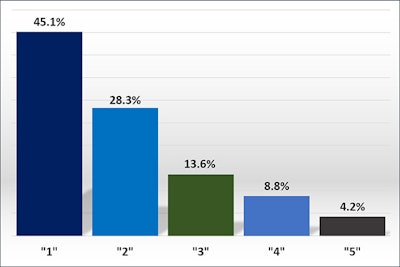 Exhibit 1: Responses to the question, “How likely are you to purchase a new hot tub within the next two years?” (Scale of 1 – 5 where “5” = “very likely”).
Exhibit 1: Responses to the question, “How likely are you to purchase a new hot tub within the next two years?” (Scale of 1 – 5 where “5” = “very likely”).
When trying to gauge true purchase intent most researchers rely on “top box” responses, namely the aggregate of those who indicated a “4” or “5” on a scale of 1 – 5 where a “4” equated to “somewhat likely” and a “5” equated to “very likely”. Based on the distribution of responses above, top box totals 13.0%. Applied to the previously discussed total potential spa-buying households nets 13 million x .13 = 1.7 million.
Yes, but…
We tend to be somewhat skeptical of top box when it comes to purchases of big ticket discretionary items like hot tubs so let’s play it safe and just go with those who said “very likely” (“5”) in the survey. Now the total of real spa-buying prospects is more like 13 million x 0.042 = 546,000. Since the purchase horizon is two years, this means that at least 273,000 households are very likely to purchase a hot tub in a given year. Yet over the past five years the average number of new hot tubs sold in the US is just over 177,000. That’s a lot of slippage.
There could be several reasons for this difference. Perhaps there was an element of sticker shock. In this same survey, prospects expected to pay an average of $3,142 for a new hot tub, somewhat below the average RSP for a new hot tub in 2014 (according to another survey among spa dealers). Or it may be that many families ended up buying a used or remanufactured spa, a growing market in this country.
The untouchables
What we also discovered in Exhibit 1 (above) is that 73.4% of qualified households fell within the bottom two tranches (“1” or “very unlikely” and “2” or “somewhat unlikely”), which against a population of 13 million means that there are some 9.5 million households that are probably not going to be in the market for a new spa anytime soon. But this doesn’t mean that they are lost forever. Note their reasons for being out of the market in the following chart. Exhibit 2: Distribution of primary reasons for not planning the purchase of a hot tub within the next two years (where likelihood of purchase = “1” or “2”).
Exhibit 2: Distribution of primary reasons for not planning the purchase of a hot tub within the next two years (where likelihood of purchase = “1” or “2”).
The top three response categories were “Not interested,” “Cost to maintain” and “Time to maintain,” all of which strike us as prejudices borne out of a lack of awareness, something remedied by some adroit marketing.
And speaking of marketing, two other findings of the research were disappointing (if not entirely predictable): only 18.0% of top prospects (“4” or “5” on likely to purchase) could spontaneously name at least one brand of hot tub (other than Jacuzzi) while only 27.1% could correctly name a local spa retailer. This despite the fact that 7.5% of prospects say they had previously owned a hot tub.
In any case, when annual sales are significantly less than the reservoir of willing and able buyers, it is time to take stock. If we were to repeat this research in two years, how many 4’s and 5’s would say that they actually bought a new hot tub? What would have happened to the rest?
It would be interesting to find out.
Pkdata is an Atlanta market research firm that has tracked the residential and commercial pool and spa industry since 1992. To date the firm has completed over 400 studies among consumers, manufacturers, dealers, builders and service companies. Its annual industry statistics reports are widely used as planning tools by principal stakeholders globally.



























